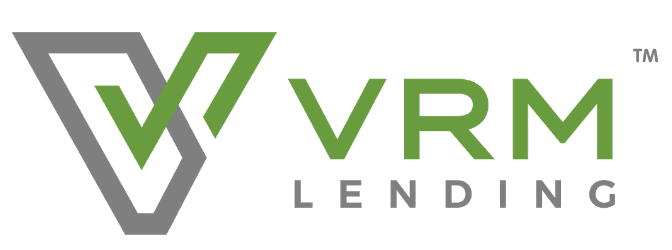[vc_row][vc_column][vc_column_text]
The 3 Types of Mortgage Pre-Approvals: What You Need to Know
[/vc_column_text][/vc_column][/vc_row][vc_row][vc_column][vc_column_text]When you’re applying for a mortgage, there are a ton of things that have to be put into consideration — from credit scores and monthly expenses to current assets and past disputes. After all, a mortgage is a huge expense and decision to make — and the lender you go with has one essential responsibility: to make sure that you’ll actually be able to pay said mortgage. It’s why such a huge piece of applying for a mortgage involves being approved for the loan itself.
There are a few methods of mortgage loan approval, all of which have three varying levels — pre-qualification, pre-approval, and pre-underwritten approval. Starting from pre-qualification (which is the lowest level of pre-approval) and going into pre-underwritten approval (which is the highest level), understanding the details is key to embarking on your mortgage pre-approval process the right way.
Here’s what you need to know:
1. Pre-qualification: In pre-qualification, the lender obtains some relatively surface level information from you, the borrower. They’ll find out your income, your current debts, and your most up-to-date contact and address information. Using the information that you’ve given them, the lender can make a surface-level decision on the mortgage amount you’d likely be able to take out. However, pre-qualification isn’t a huge deal. Since the information hasn’t yet been verified and your credit report hasn’t been pulled, pre-qualification is considered a basic level of conditional approval — with a big likelihood that the approval itself could change.
2. Pre-approval: In pre-approval, your lender will obtain information about your financial situation via an official mortgage application — which typically also involves a pull of your credit report. You’ll also provide documentation in the form of things like pay stubs to further back up your application. By being able to truly document and verify your information, your lender is able to create an approval that, while still conditional until underwriting, can hold more weight.
3. Pre-underwritten approval: In a pre-underwritten approval, the pre-approval process goes the extra mile. In addition to completing a mortgage application and pulling your credit report, the loan underwriter themselves will go ahead and review your application. This gives them the opportunity to give your loan a review much earlier than in the typical process — and, ideally, once they examine your application, the underwriter can give a signed go-ahead to grant you the loan.
Regardless of your mortgage approval method, if you are qualified you can still get in your dream home. While approval after steps like pre-qualification may take longer to reach than, say, pre-underwritten approval, it could still happen. Applying for a mortgage can be a stressful ordeal no matter who you are, but the right loan originator will help you on the path that makes the most sense for you and your unique situation.
At VRM Lending, our team of mortgage professionals is committed to helping you identify loan options that meet your needs— and that, we can promise. Contact us today, and we’ll help you to get into your dream home.[/vc_column_text][/vc_column][/vc_row]







